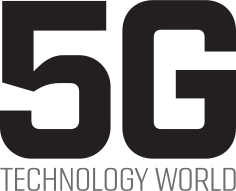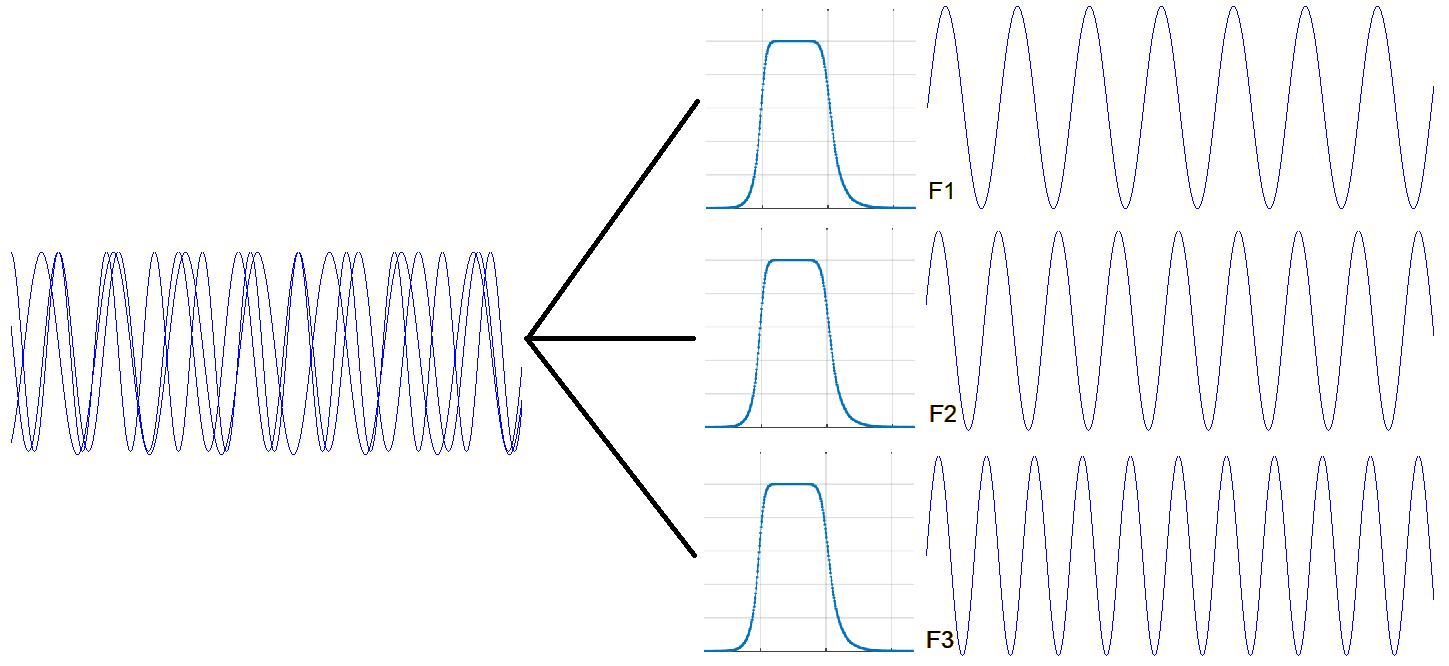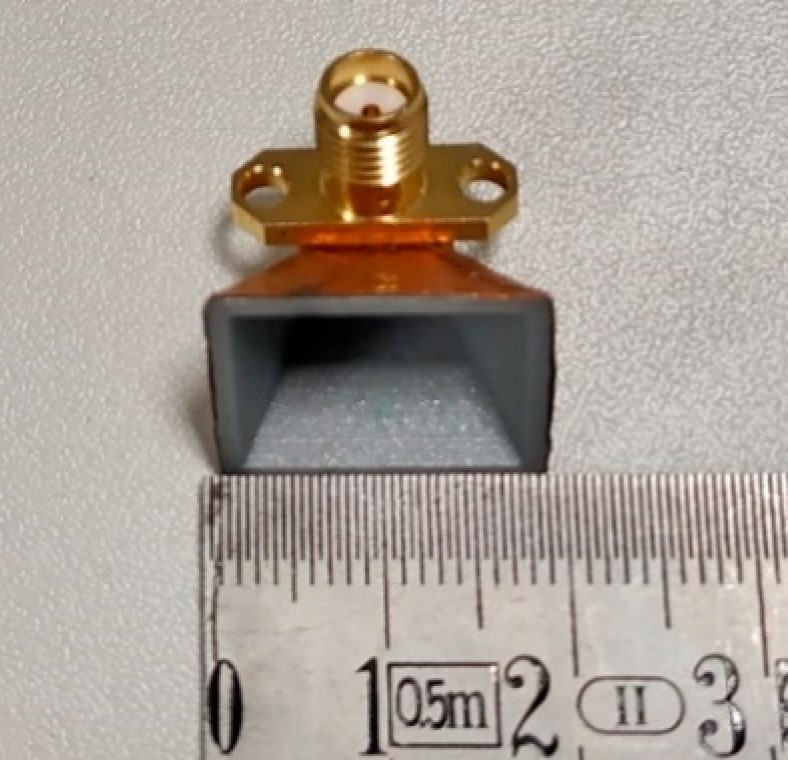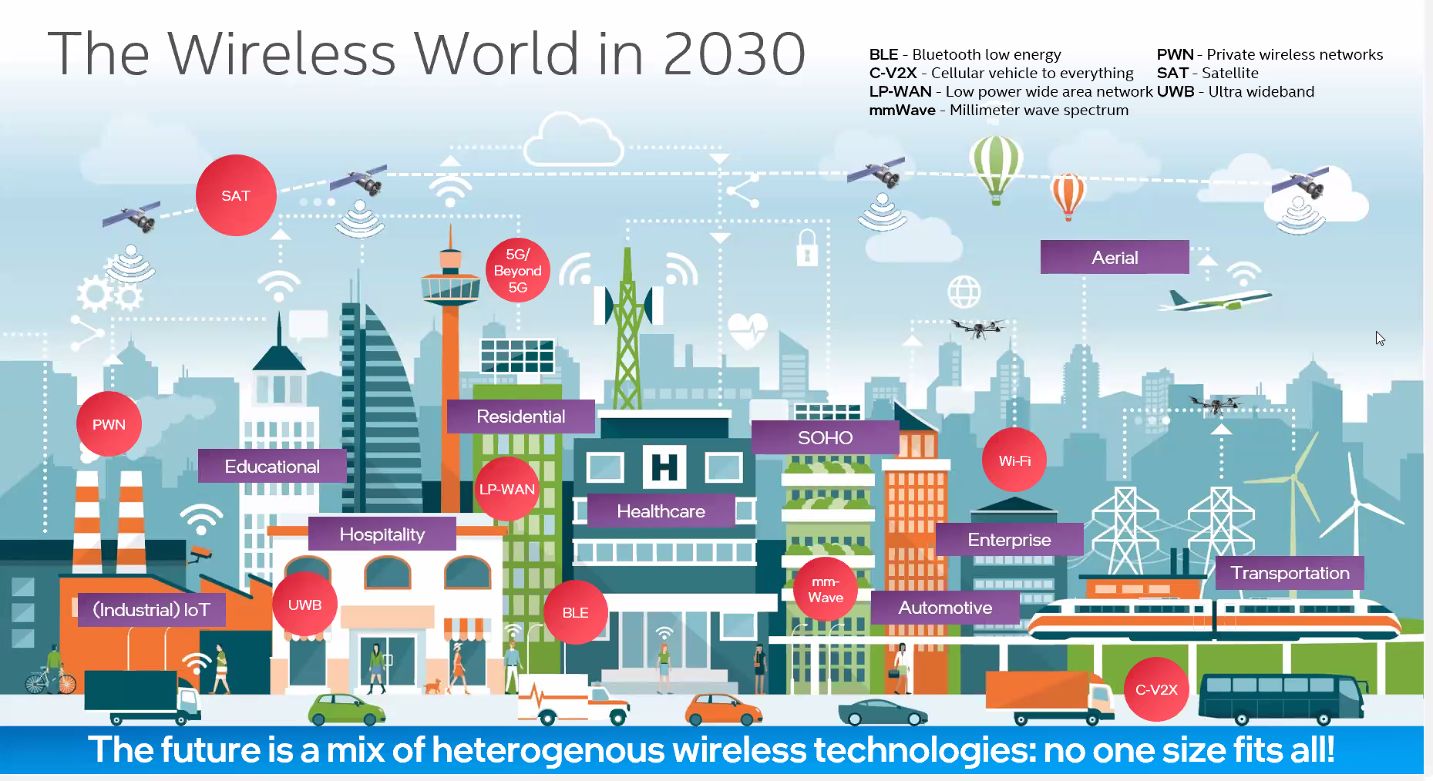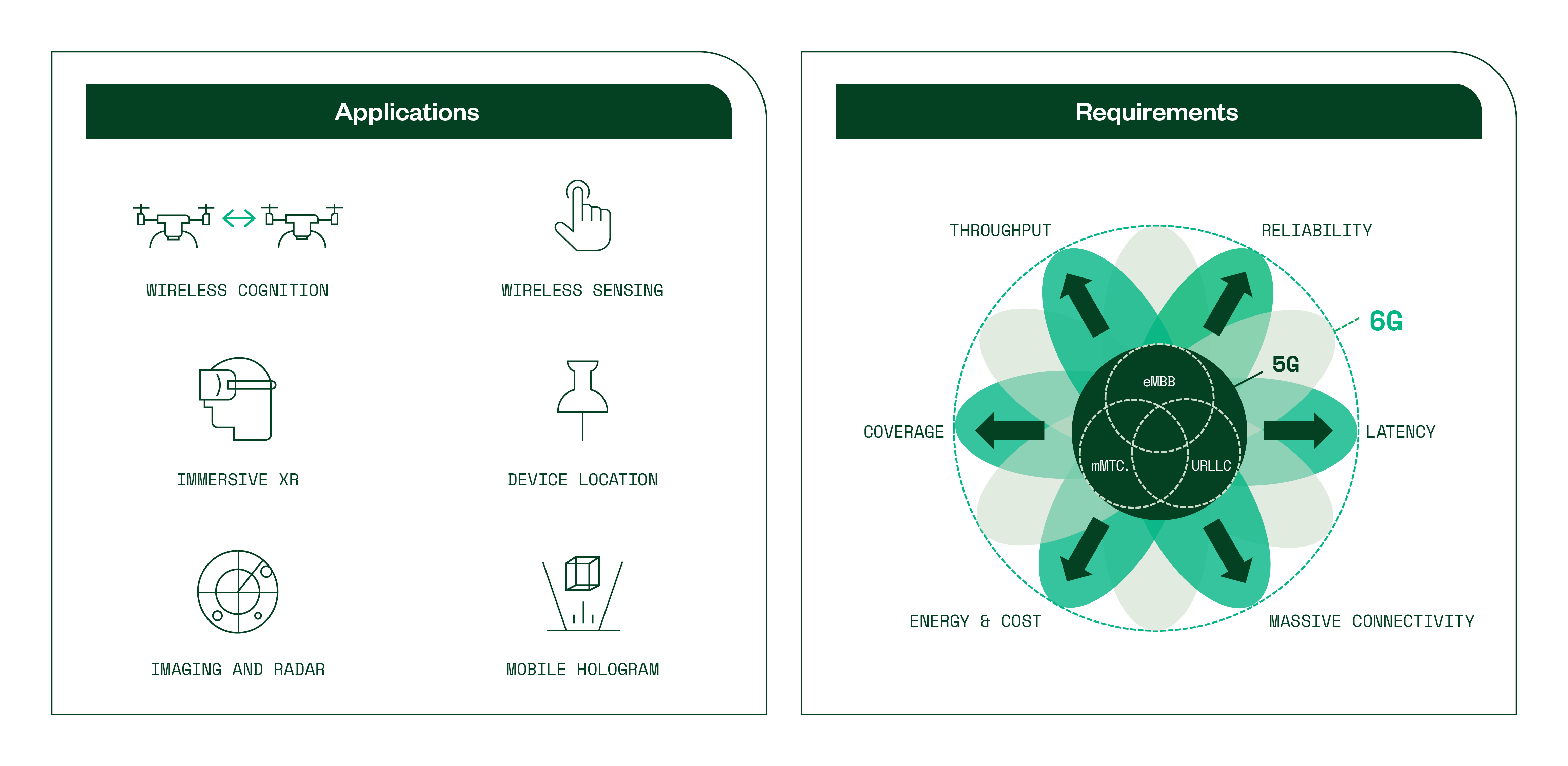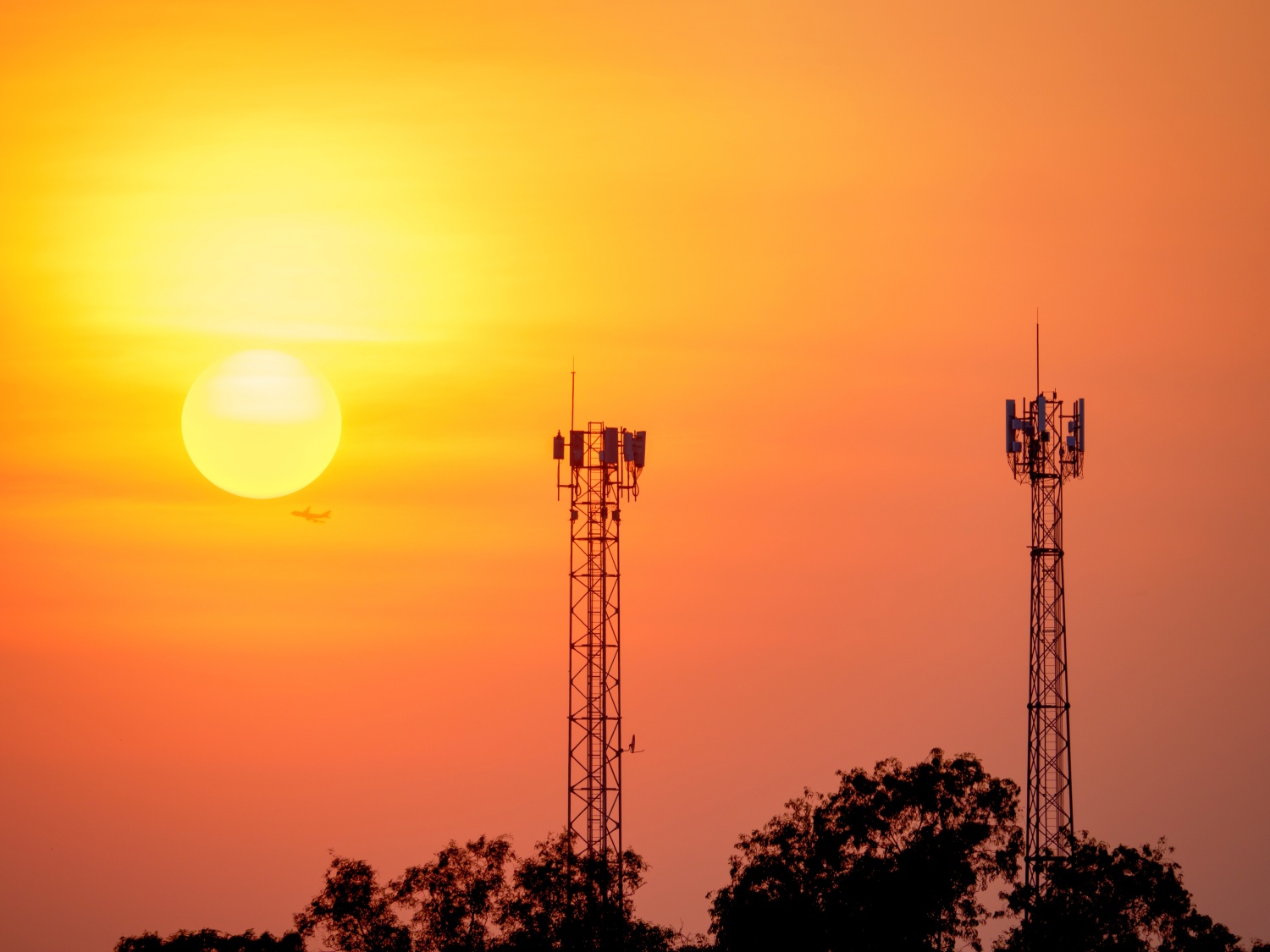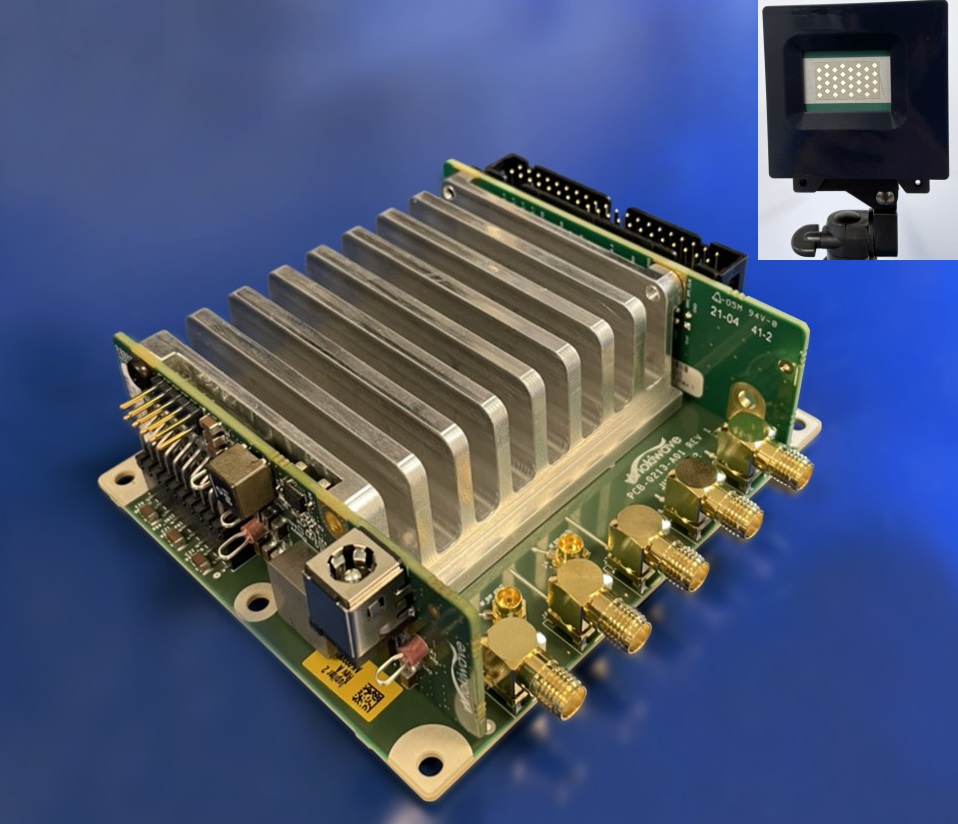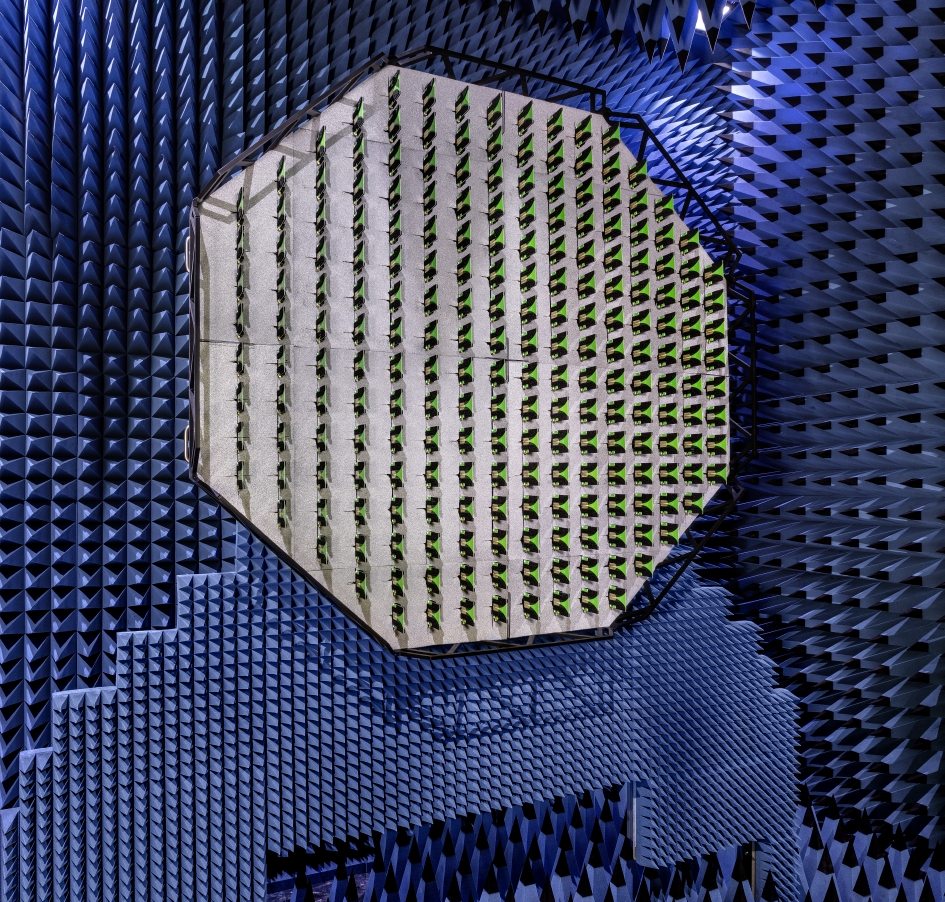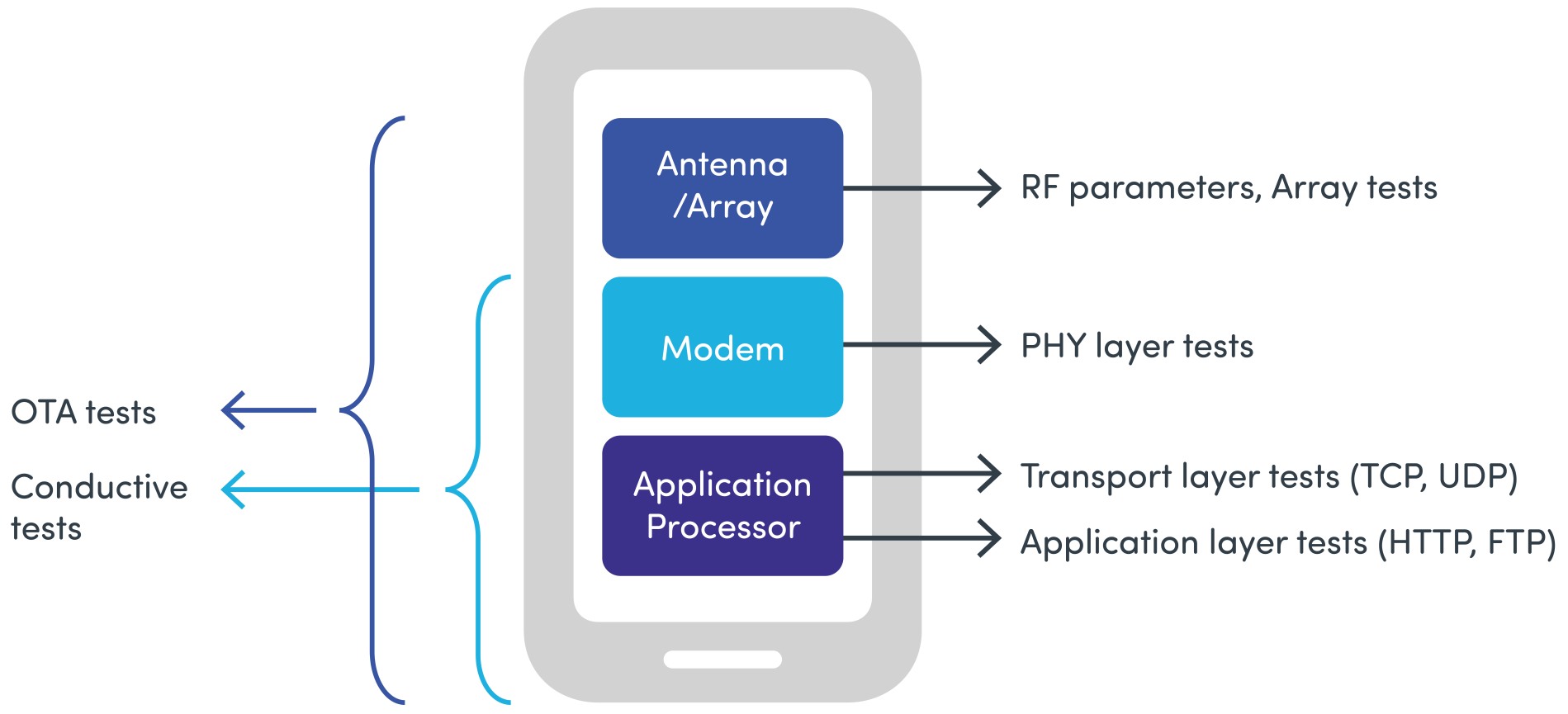Although the first 6G consumer devices may be far away, work on 6G is underway. Academic and industry researchers are already experimenting and developing an understanding of key technologies as crucial inputs for standardization work. The industry must balance technical, business, and social considerations when developing 6G.
Filters keep RF signals in line
In a video interview with 5G Technology World, Resonant’s Mike Eddy explains how RF filters keep wanted signals in an interference out. It’s all in the physics. As bandwidth gets crowded, governments auction more spectrum to accommodate our insatiable demand for data. While 3G used frequencies around 1 GHz, 4G expanded to around 2 GHz.…
EM simulation is crucial to 5G wireless design
5G Technology World spoke with Jonathan Oakley of Dassault Systemes on how the company’s electromagnetic simulation software helps engineers design and evaluate antennas for smartphones and IoT devices.
3D print 5G antennas
3D printing a mmWave antenna let’s you quickly build prototypes.
Future connectivity: More than just 5G
At the 2021 (virtual) IEEE Microwave Symposium, the industry looked at where wireless is going and how it will get beyond 5G.
6G research: consensus grows
Several themes have begun to emerge in the 6G community, providing some clues as to what the next generation might bring.
Size, weight, power, and heat affect 5G base station designs
Engineers designing 5G base stations must contend with energy use, weight, size, and heat, which impact design decisions.
Kit lets you evaluate converter, beamforming ICs
See and learn how mmWave and beamforming works before you design mmWave beamformers and up/down converters using Anokiwave’s Active Antenna Evaluation Kit.
Calibration method improves 5G base station test accuracy
Rohde & Schwarz updates its PWC200 to provide better accuracy and wider frequency range for 5G FR1 base-station testing.
Why 5G needs over-the-air testing
Over-the-air testing requires different antenna setups for 5G FR1 and FR2. Temperature is a significant factor in calibration and validation.
